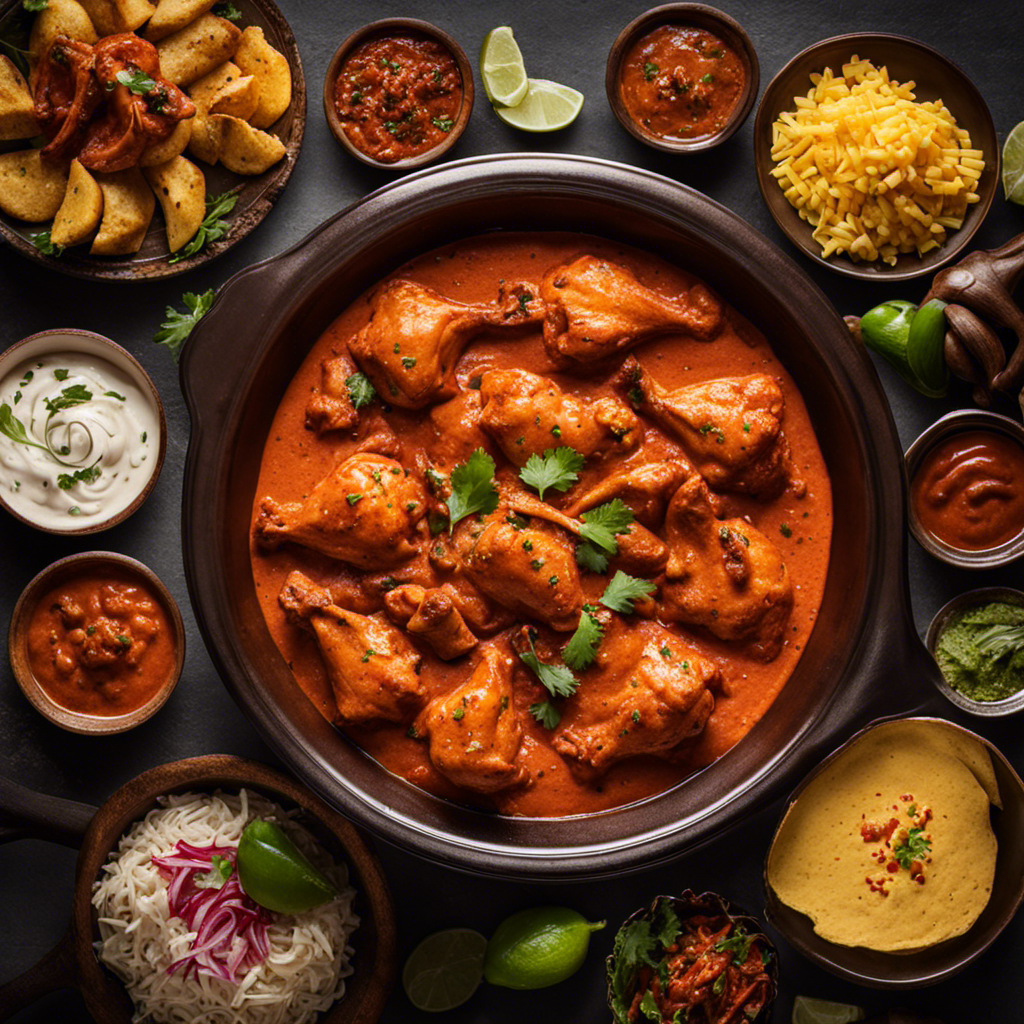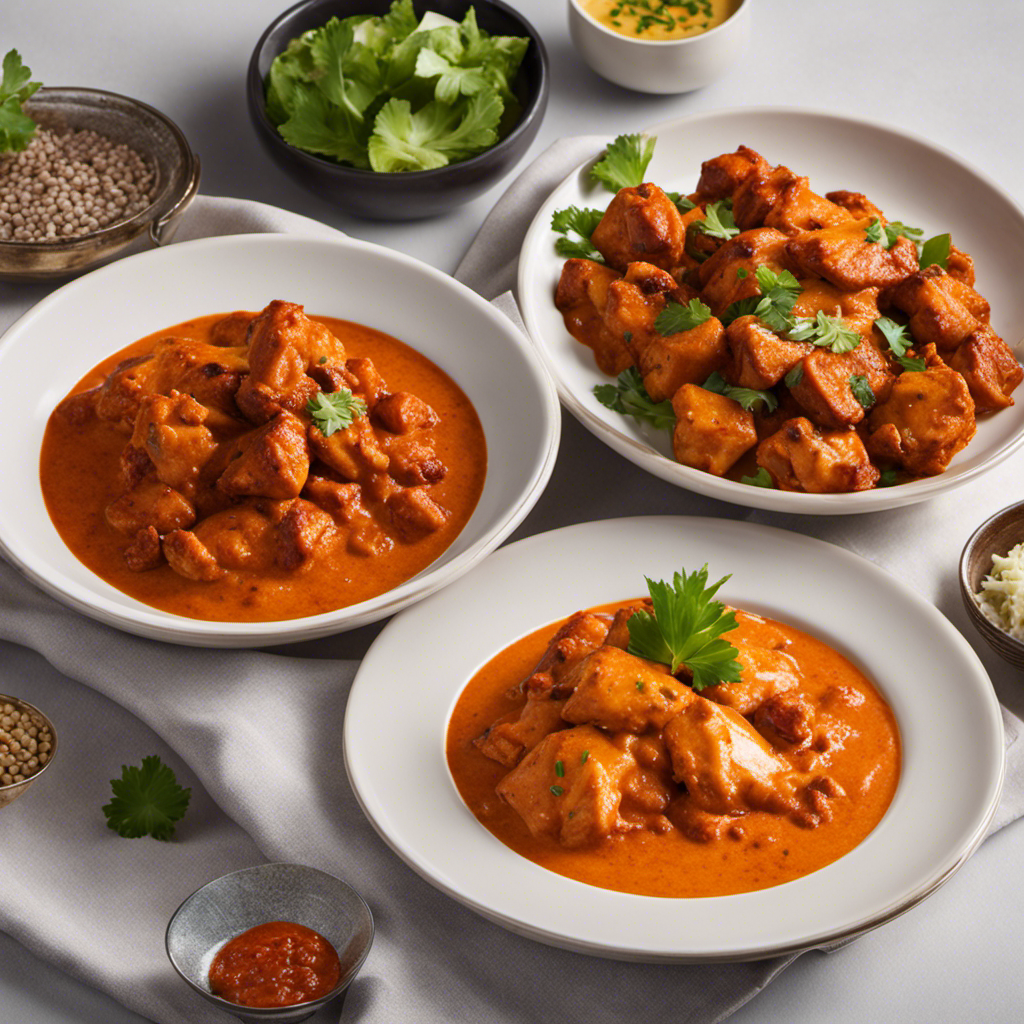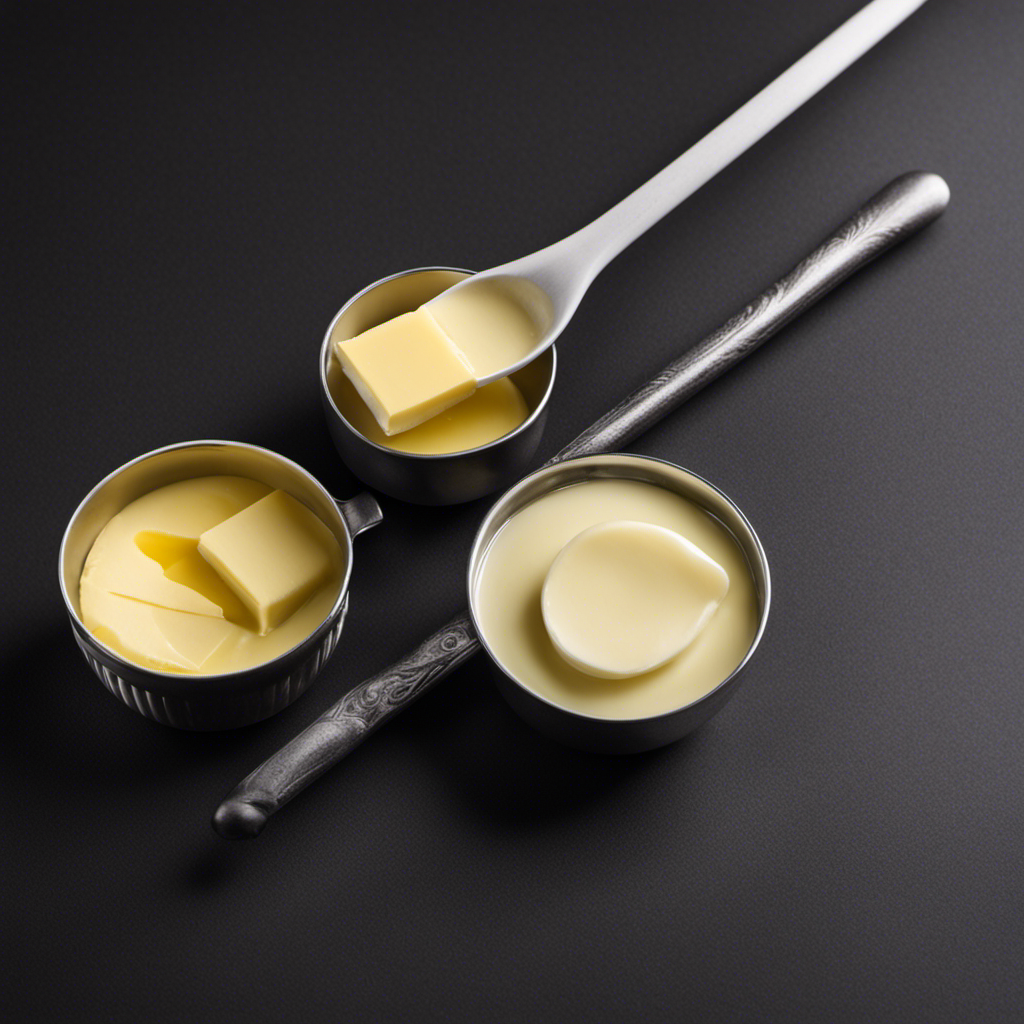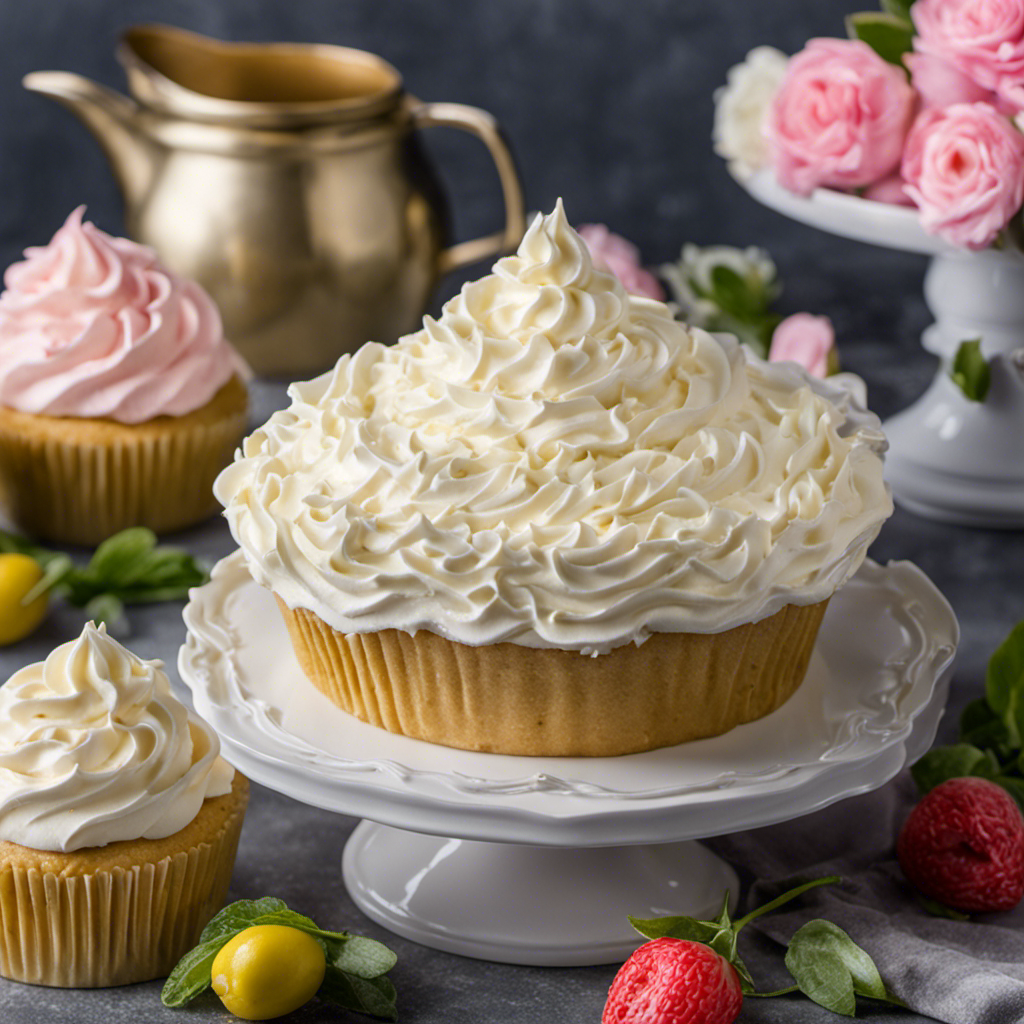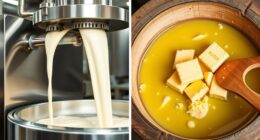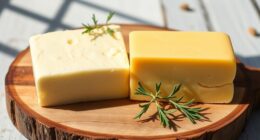I have always been intrigued by the beginnings of well-known dishes, and butter chicken is no different. Were you aware that this delicious dish originated in the 1950s? Yes, it’s true!
Invented by Kundan Lal Gujral, a visionary chef in Delhi, butter chicken has since become an iconic dish loved by food enthusiasts worldwide. Join me as we delve into the rich history and cultural significance of this culinary masterpiece, tracing the timeline of its creation and evolution.
Get ready for a delicious journey!
Key Takeaways
- Butter Chicken was invented in the 1950s by Kundan Lal Gujral, founder of Moti Mahal restaurant in Delhi.
- It was created as a way to use leftover tandoori chicken and is cooked in a rich tomato gravy flavored with butter and cream.
- Butter Chicken holds immense cultural and historical significance, representing the diverse flavors and spices of Indian cuisine.
- The dish has become popular worldwide, admired by both locals and tourists, and has undergone countless adaptations and spin-offs to suit different tastes and dietary preferences.
The Origins of Butter Chicken
I can tell you that the origins of butter chicken can be traced back to the 1950s in India. It was invented by Kundan Lal Gujral, the founder of Moti Mahal restaurant in Delhi.
Legend has it that he created this dish as a way to use leftover tandoori chicken. He cooked the chicken in a rich tomato gravy, which was then flavored with butter and cream. This combination of flavors created a dish that wasn’t only delicious but also had a unique and distinct taste.
Butter chicken quickly gained popularity and became a staple in Indian cuisine. Its cultural impact can’t be underestimated, as it has become a favorite dish not only in India but also in many other countries around the world. Its creamy and flavorful taste has made it a beloved choice for both locals and tourists alike.
Historical Significance of Butter Chicken
The historical significance of butter chicken can be traced back to its origins in the mid-20th century. This iconic dish holds immense cultural influence and has become a beloved staple in Indian cuisine. Its rich and creamy tomato-based sauce, combined with tender pieces of chicken, creates a harmonious blend of flavors that’s truly unforgettable.
As I delve into the history of butter chicken, three key points stand out:
-
Cultural Influence: Butter chicken hasn’t only gained popularity within India but has also made its mark on the global culinary scene. It has become a symbol of Indian cuisine, representing the diverse flavors and spices that make this cuisine so unique.
-
Variations: Over the years, butter chicken has undergone various adaptations to suit different tastes and dietary preferences. From vegan versions using tofu or vegetables to fusion variations that incorporate different cultural influences, the dish continues to evolve and delight food enthusiasts worldwide.
-
Adaptations: Butter chicken has inspired countless adaptations and spin-offs, showcasing its versatility and universal appeal. From butter chicken pizza and burgers to butter chicken pasta and nachos, the possibilities are endless. These creative adaptations have helped to bring the flavors of butter chicken to a wider audience and continue to shape the culinary landscape.
Overall, butter chicken’s historical significance lies not only in its creation but also in its cultural influence, variations, and adaptations that have made it a timeless favorite.
Butter Chicken: A Culinary Evolution
As a culinary evolution, butter chicken has undergone various adaptations and spin-offs, showcasing its versatility and universal appeal. This iconic Indian dish, known for its rich and creamy tomato-based sauce, has become a global sensation and has had a significant cultural impact.
Butter chicken is a culinary innovation that originated in the 1950s in Delhi, India. It was created by the famous restaurateur, Kundan Lal Gujral, who wanted to make use of the leftover tandoori chicken by cooking it in a tomato-based gravy. This innovative approach resulted in a dish that wasn’t only delicious but also easy to prepare.
Butter chicken quickly gained popularity and spread across India and eventually the world, becoming a staple in Indian restaurants worldwide. Its cultural impact is evident in the countless adaptations and spin-offs that have emerged, making it a beloved dish for people of all backgrounds.
The Inventor Behind Butter Chicken
Growing up in Delhi, my family often frequented the restaurant owned by Kundan Lal Gujral, the culinary genius behind the iconic dish known as butter chicken. As I savored each bite of the rich and creamy gravy, I couldn’t help but wonder about the inventor’s inspiration and the cultural impact it has had over the years.
Here are three aspects that evoke an emotional response when thinking about butter chicken:
-
The perfect blend of spices and flavors that create a symphony of taste in every mouthful.
-
The comforting and nostalgic feeling it brings, reminding us of home-cooked meals and family gatherings.
-
The way it bridges cultural gaps, becoming a beloved dish not just in India but around the world, uniting people through a shared love for good food.
Tracing the timeline of butter chicken’s creation, we delve into the origins and evolution of this delectable dish.
Tracing the Timeline of Butter Chicken’s Creation
While researching the history of butter chicken, I discovered fascinating details about its origins and how it has changed over time. Tracing the timeline of its creation, it became clear that butter chicken has undergone a remarkable culinary evolution.
The dish originated in the 1950s in Delhi, India, at a restaurant called Moti Mahal. It was invented by the restaurant’s owner, Kundan Lal Gujral, who wanted to find a way to use leftover tandoori chicken. Gujral marinated the chicken in a rich tomato-based sauce, enhanced with spices, butter, and cream.
This innovative dish quickly gained popularity and spread to other Indian restaurants. Over the years, variations of butter chicken emerged, with chefs adding their own twists and flavors.
Today, butter chicken remains a beloved Indian dish, enjoyed worldwide for its creamy and flavorful taste.
Frequently Asked Questions
What Are Some Popular Variations of Butter Chicken That Have Been Created Over Time?
Popular variations of butter chicken that have been created over time include spicy butter chicken, tandoori butter chicken, and creamy garlic butter chicken. These variations add unique flavors while still maintaining the essence of the traditional recipe.
Are There Any Health Benefits Associated With Consuming Butter Chicken?
There are some health benefits of consuming butter chicken, such as the high protein content from the chicken. To make a healthier version at home, use less butter and substitute cream with Greek yogurt.
How Has the Popularity of Butter Chicken Spread Globally?
Butter chicken has spread globally due to its rich flavor and versatility. Influenced by different cultures, variations of this dish can be found in various cuisines. Its popularity continues to grow as more people discover its deliciousness.
What Are Some Common Misconceptions About the Origins of Butter Chicken?
Misconceptions about the origins of butter chicken are common. Many believe it’s a traditional Indian dish, but it was actually invented in the 1950s in Delhi. Its popularity has since spread globally.
Can You Provide Any Tips or Recommendations for Cooking Butter Chicken at Home?
I can provide some helpful tips and recommendations for cooking butter chicken at home. From using the right spices to marinating the chicken, these techniques will ensure authentic flavors and a delicious home-cooked meal.
Conclusion
In conclusion, the origins of butter chicken can be traced back to the 1950s in Delhi, India. It was invented by Kundan Lal Gujral, a chef who wanted to transform leftover tandoori chicken into a delicious and creamy dish.
Today, butter chicken has become a popular and iconic dish worldwide, with variations and adaptations to suit different tastes. For example, imagine a plate of succulent grilled chicken pieces smothered in a rich and aromatic tomato-based sauce, accompanied by buttery naan bread and fragrant basmati rice.
